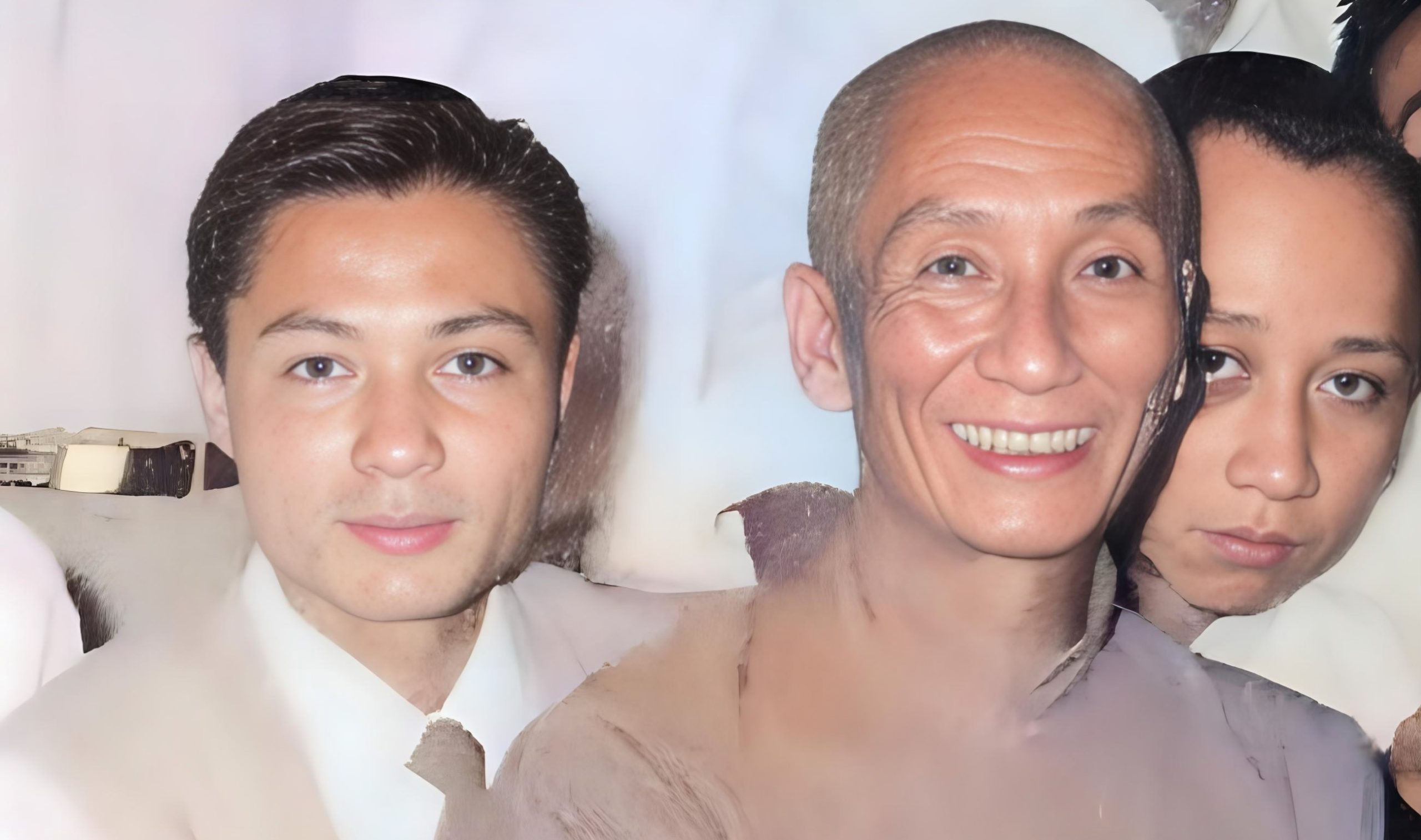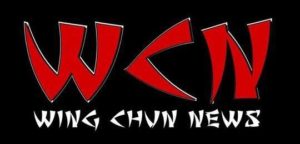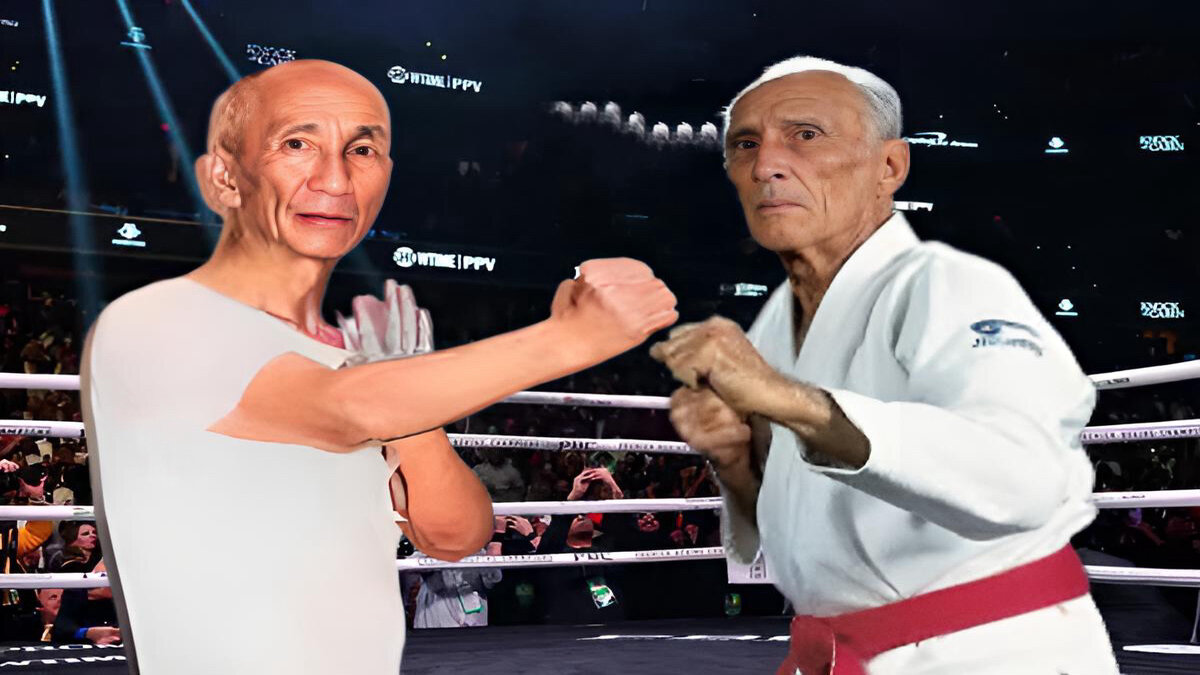
In the heart of 1950s Hong Kong, a young and fiery Wong Shun Leung knocked on the door of a martial arts legend. He wasn’t looking to be a student—not yet. He was looking for a fight. Known for his boldness and love of challenge, Wong wanted to test the now-famous Wing Chun system for himself. He challenged Ip Man and lost. But that loss marked the beginning of a life-changing journey. Wong asked to become a student, and Ip Man saw something in him—something that would eventually shape the future of martial arts.

Born to Fight
Wong Shun Leung didn’t just study Wing Chun—he lived it. Barely 5’6” and weighing just 120 pounds, he stepped into brutal rooftop challenge matches called beimo. These weren’t controlled tournaments with pads and referees. They were raw, dangerous, full-contact fights. And Wong didn’t just survive—he dominated. So much so that he earned the nickname “Gong Sau Wong” — the “King of Talking with the Hands.” His most famous match involved him taking down a visiting 250-pound Russian boxer named Giko in mere moments. The fight was over in three punches.

The Real Teacher of Bruce Lee
At around 16 years old, Bruce Lee joined the Wing Chun school. His friend William Cheung introduced him to the system, but it was Wong Shun Leung who truly became his mentor. Wong was six years older and already serving as assistant instructor under Ip Man. At first, Bruce was lazy with training, but after witnessing Wong’s devastating skill in action, something changed. Bruce became obsessed with learning from Wong. So much so that he tricked his classmates into leaving Wong’s house so he could receive private instruction. Wong saw through the trick eventually—and gave Bruce some painful but powerful lessons in return.

Lessons in Blood
Wong wasn’t a violent man, but he believed in pressure-testing his skills. His fights weren’t about ego—they were about truth. He believed that fighting revealed what worked and what didn’t, and this mindset deeply influenced Bruce Lee. Wong even introduced Bruce to his first beimo fight. When Bruce appeared ready to quit, it was Wong who encouraged him to continue. Bruce ended up winning—and that moment became a turning point. Ip Man later told Wong, “If someday Siu Lung (Bruce) succeeds, the credit should rightfully go to you.

Letters from Afar
When Bruce moved to America, his close contact with Wong became long-distance. But they continued to exchange letters, many of which survive today. In one of those letters, Bruce wrote, “Even though I am (technically) a student of Yip Man, in reality, I learned my Kung-fu from you.” Despite all of Bruce’s fame, he never forgot who helped shape him. He told others that Wong was the greatest Wing Chun fighter and admitted that he never managed to beat him. Wong was his benchmark—the one he strived to surpass, but never could.

Behind the Camera
Though Wong avoided the spotlight, Bruce tried to bring him into the movie world. Bruce offered him a part in Game of Death as the final boss on top of the tower—a role later played by Kareem Abdul-Jabbar. Wong declined, saying, “I didn’t want to go and die in my first movie.” Bruce also invited him to the set of Enter the Dragon to help with fight scenes. Wong appeared briefly in Bruce Lee: The Man and the Legend and helped choreograph scenes for various films. But he never chased fame. His focus was always on the art.

The Humble Master
Wong Shun Leung never boasted, never sought glory, and never claimed titles. He turned down honorary names and awards. To him, being called “Sifu” by his students was enough. He believed that kung fu was a tool for self-defense and self-growth—not for show. He criticized teachers who wasted students’ time with empty techniques. “You can always get more money,” he once said, “but you can’t get more time.” His motto was simple but powerful: “To improve myself with each day’s training.”

The Scholar and the Healer
Outside of fighting, Wong was a gifted calligrapher and a practitioner of tit dar—traditional Chinese bone-setting. He was deeply knowledgeable in ancient Chinese script and would often write poetry to relax. He combined the warrior’s mindset with the artist’s soul. He traveled the world teaching Wing Chun to students of all races and backgrounds, asking only that they train hard and take the art seriously. His reach extended across Hong Kong, Europe, and Australia. Wherever he went, he inspired.

Recognition Denied
In the final years of his life, Wong was finally getting the attention he deserved. Film projects, books, interviews, and documentaries were all in motion. One of the most exciting was the proposed movie The Story of Yip Man, starring Stephen Chow, one of Wong’s former students. Wong was set to be a technical consultant—and possibly even appear on screen. But just as the recognition was building, tragedy struck. Wong Shun Leung died on January 28th, 1997, after suffering a massive stroke and falling into a coma. The martial arts world lost a true giant.

The Legend Behind the Legend
Wong Shun Leung may never have reached Bruce Lee’s level of fame, but his influence is everywhere. He was the man who forged Bruce’s fighting philosophy. The one who turned a lazy teenager into a martial arts icon. He didn’t need flashy movies or dramatic headlines. He let his hands do the talking—and they spoke volumes. His legacy lives on through his students, through Wing Chun, and through the spirit of real, tested martial arts.
He was, and always will be, the legend behind the legend.








